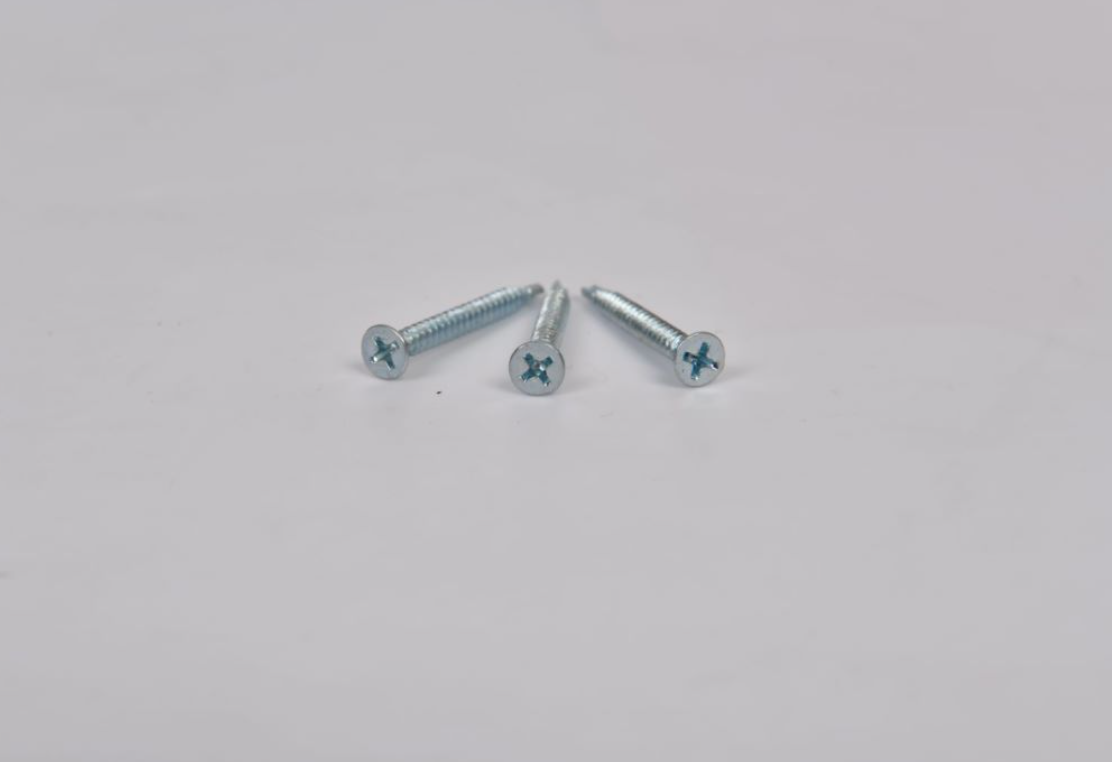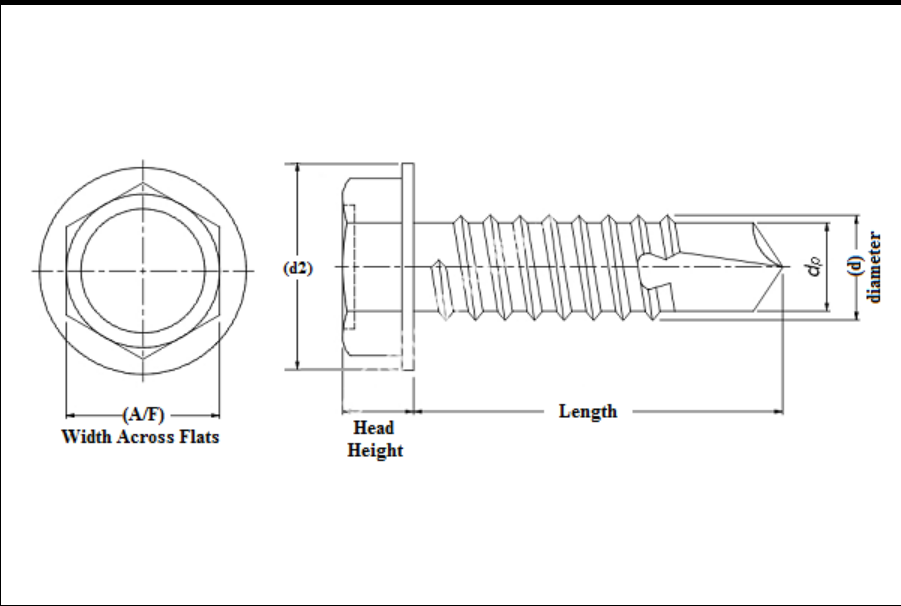Feb . 18, 2025 11:40
Back to list
FLAT WASHER
Understanding the differences between thrust washers and flat washers is crucial for anyone involved in mechanical engineering or automotive industries. These components, though seemingly minor, play critical roles in machinery performance and reliability. This article delves deeply into the functions, applications, materials, and benefits of thrust washers and flat washers, offering insights drawn from real-world experience and professional expertise.
Selecting the correct material is essential for both thrust and flat washers to function optimally. Engineers must consider the operational environment, load conditions, and potential exposure to corrosive elements. Thrust washers, due to their critical load-bearing role, often require materials with high resistance to wear and friction. Bronze and PTFE-coated variants are popular for their excellent durability and low friction characteristics. Conversely, flat washers might be chosen for their protective qualities. Materials like rubber or plastic are ideal for electronics where insulation is important, while steel washers are preferred for their strength in high-load applications. Expert Recommendations for Optimal Use To maximize the benefits of these washers, attention to detail during installation is vital. Ensuring surfaces are clean and free of debris can prevent premature wear and extend the life of both the washer and the mechanical assembly they support. Additionally, adhering to manufacturer torque specifications helps in avoiding over-compression, which could negate the washer’s function and lead to mechanical failures. Authoritative Expertise Reinforced by Trustworthy Practices The benefits of using the right washer vary according to application demands, but the importance of selecting appropriate components cannot be overstated. Thrust washers contribute to the longevity and efficiency of mechanical devices by mitigating axial stresses, while flat washers ensure the stability and preservation of structural elements. Ultimately, the decision between thrust and flat washers should be guided by an understanding of the mechanical requirements and environment in which the assembly will operate. Consulting with engineering professionals or leveraging detailed product specifications from reputable manufacturers ensures choices are informed and effective. In conclusion, appreciating the distinct applications and characteristics of thrust washers versus flat washers equips engineers and technicians with the knowledge necessary for optimized equipment performance. This expertise resonates with the principles of reliability and longevity, foundations upon which mechanical integrity is built.


Selecting the correct material is essential for both thrust and flat washers to function optimally. Engineers must consider the operational environment, load conditions, and potential exposure to corrosive elements. Thrust washers, due to their critical load-bearing role, often require materials with high resistance to wear and friction. Bronze and PTFE-coated variants are popular for their excellent durability and low friction characteristics. Conversely, flat washers might be chosen for their protective qualities. Materials like rubber or plastic are ideal for electronics where insulation is important, while steel washers are preferred for their strength in high-load applications. Expert Recommendations for Optimal Use To maximize the benefits of these washers, attention to detail during installation is vital. Ensuring surfaces are clean and free of debris can prevent premature wear and extend the life of both the washer and the mechanical assembly they support. Additionally, adhering to manufacturer torque specifications helps in avoiding over-compression, which could negate the washer’s function and lead to mechanical failures. Authoritative Expertise Reinforced by Trustworthy Practices The benefits of using the right washer vary according to application demands, but the importance of selecting appropriate components cannot be overstated. Thrust washers contribute to the longevity and efficiency of mechanical devices by mitigating axial stresses, while flat washers ensure the stability and preservation of structural elements. Ultimately, the decision between thrust and flat washers should be guided by an understanding of the mechanical requirements and environment in which the assembly will operate. Consulting with engineering professionals or leveraging detailed product specifications from reputable manufacturers ensures choices are informed and effective. In conclusion, appreciating the distinct applications and characteristics of thrust washers versus flat washers equips engineers and technicians with the knowledge necessary for optimized equipment performance. This expertise resonates with the principles of reliability and longevity, foundations upon which mechanical integrity is built.
Next:
Prev:
Latest news
-
Top Choices for Plasterboard FixingNewsDec.26,2024
-
The Versatility of Specialty WashersNewsDec.26,2024
-
Secure Your ProjectsNewsDec.26,2024
-
Essential Screws for Chipboard Flooring ProjectsNewsDec.26,2024
-
Choosing the Right Drywall ScrewsNewsDec.26,2024
-
Black Phosphate Screws for Superior PerformanceNewsDec.26,2024
-
The Versatile Choice of Nylon Flat Washers for Your NeedsNewsDec.18,2024
Related News










